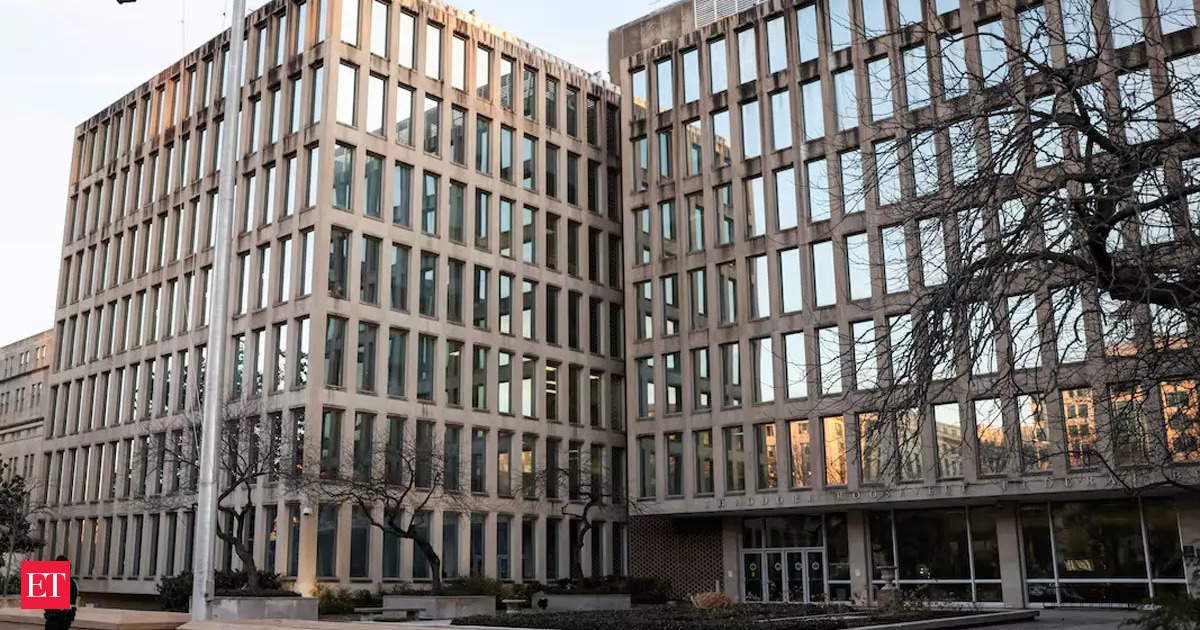A museum dedicated to fallen airmen flying for the Allied forces during World War II has been inaugurated in Arunachal Pradesh. The Hump WWII Museum at Pasighat, headquarters of the East Siang district, has been named after a treacherous air route between north-eastern Assam and Yunnan in China. This route, known as ‘The Hump’, witnessed the crash of approximately 650 aircraft from 1942 to 1945. The museum aims to commemorate the bravery of the pilots who flew over this dangerous route and fought against the threat to democracy and freedom.
The museum was officially inaugurated by Eric Garcetti, the US Ambassador to India, and Arunachal Pradesh Chief Minister Pema Khandu. Garcetti emphasized that the museum is not just a gift to Arunachal Pradesh but to India and the world. Khandu stated that the museum is a tribute from the people of Arunachal Pradesh to the fallen heroes of WWII and expressed his gratitude to the team behind the museum’s creation.
The Hump air route, so named by the pilots of the Allied forces, entailed navigating deep gorges and mountains rising beyond 10,000 feet. During the war, military aircraft transported approximately 650,000 tonnes of supplies, including fuel, food, and ammunition, along this route. Due to the challenging terrain and extreme weather conditions, 650 aircraft crashed during this period.
In recent years, there have been efforts to search for the remains of unaccounted-for airmen who went missing during WWII. The US Defense Prisoner of War/Missing in Action Accounting Agency (DPAA) deployed a team in 2016-17 to search for the remains of American airmen. It is believed that around 400 remains of US airmen are located in the Himalayan mountains, particularly in Arunachal Pradesh.
The Hump air route passes through Assam, Arunachal Pradesh, Tibet, Myanmar, and Yunnan in China. When the Japanese Army blocked the 1,150 km Burma Road in 1942, the US-led allied forces had to undertake a massive airlift operation to transport supplies from Lashio in Myanmar to Kunming in China. This airlift, known as one of the biggest in aviation history, played a crucial role in supporting the allied forces in the region.











